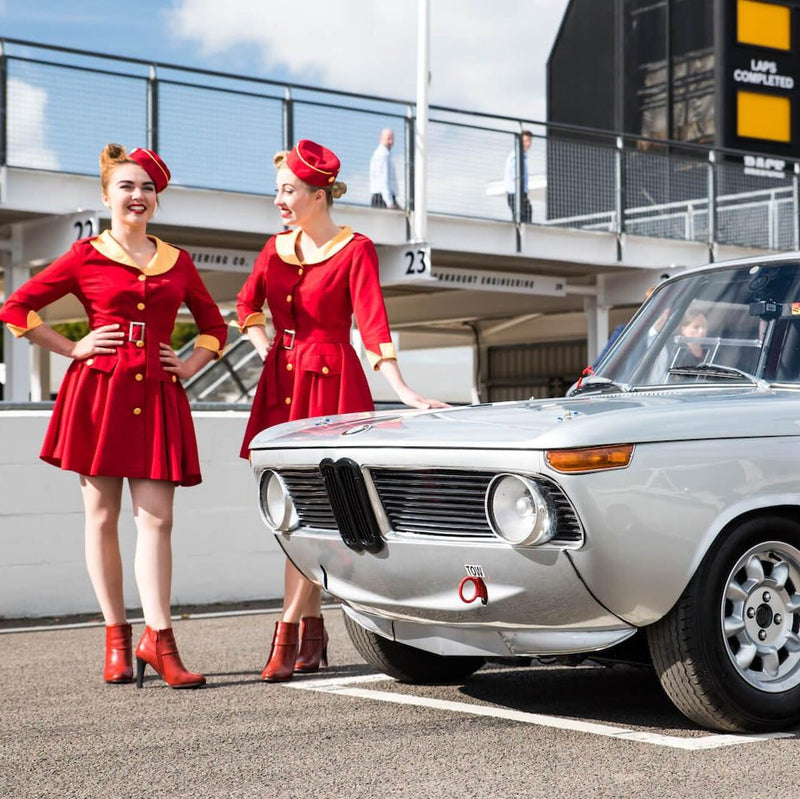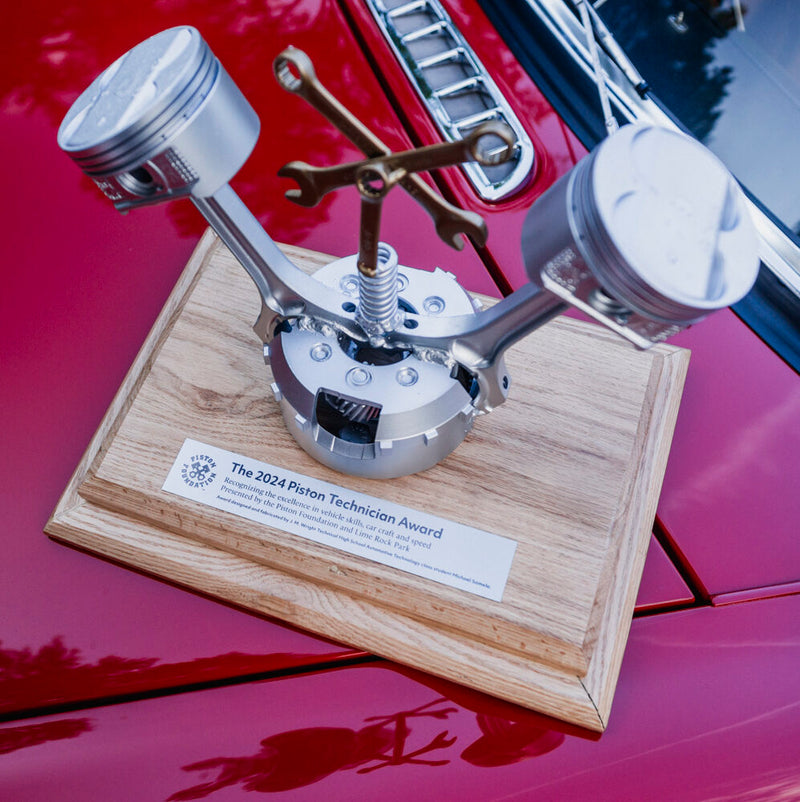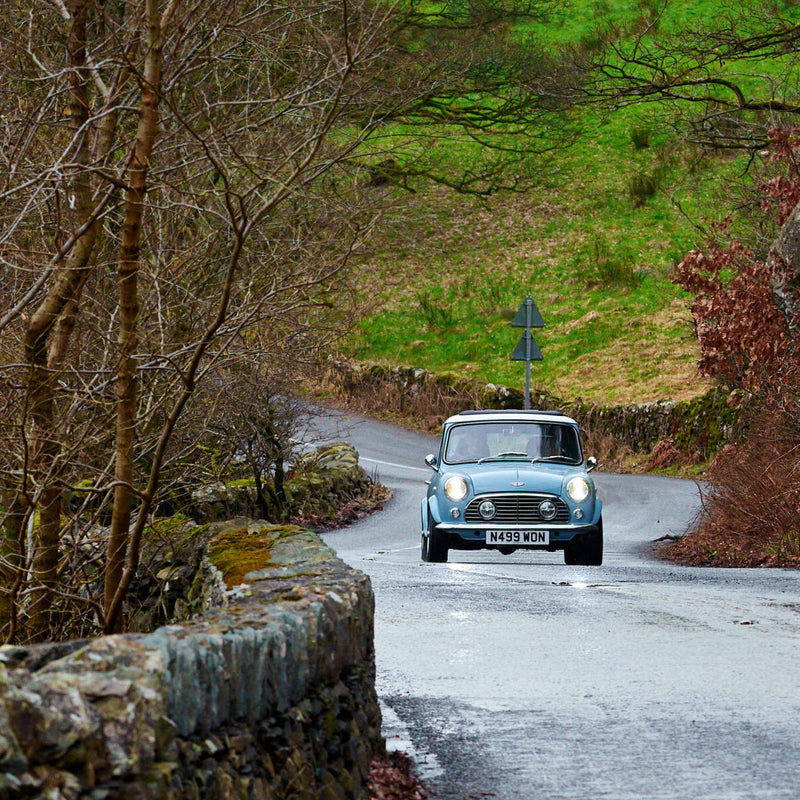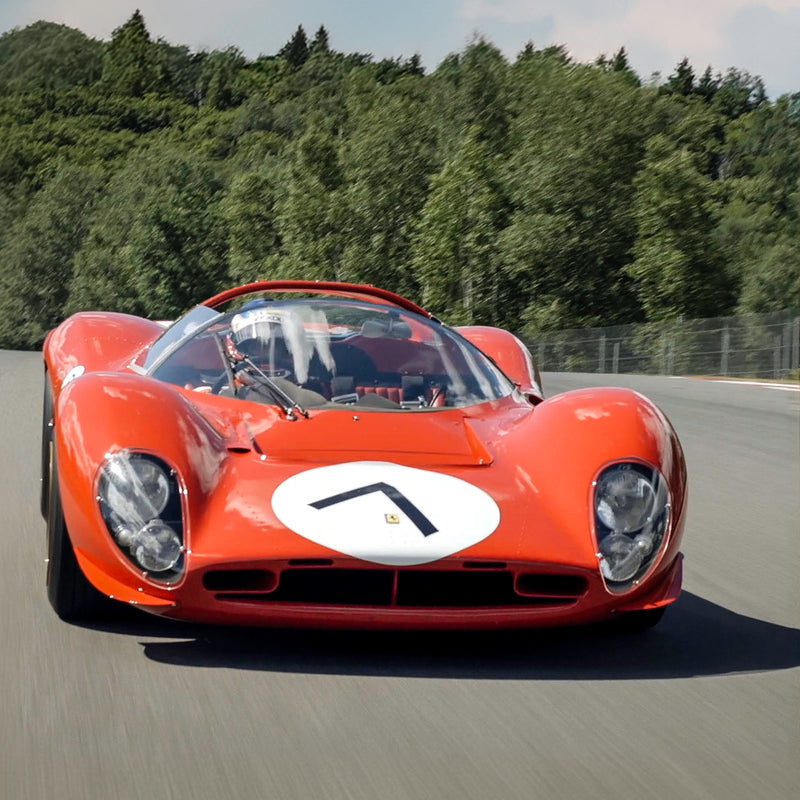The Mille Miglia, both then and now, is synonymous with Italian grace and artistry hurtling through constrictive cityscapes and olive grove hillsides alike, but the hand-formed curves and svelte silhouettes that made and make up the field of competitors is not limited to entrants with the home field advantage. Case in point: the BMW 328 Mille Miglia Roadster.



In the late ‘30s and until just over the cusp of the following decade, the Bavarian challengers were every bit as apropos as their Alfa, Lancia, and Ferrari competitors in the worldwide arena, and the 1940 works team at the Mille Miglia was no half-assed attempt at penetrating new markets with rolling advertisements disguised as race cars either—BMW’s works entrants were every bit the real deal. A quick check of the results proves this. Beyond securing the overall victory in the 1940 iteration, BMW’s 328-based entrants took a commanding sweep of the top spots, finishing 1st, 3rd, 5th, and 6th.
It would be the enclosed BMW 328 Mille Miglia that took top honors in the first wartime running of the event, but that should not remove the spotlight’s shine from the triplet of Roadsters that helped the marque earn the overall manufacturer’s victory in addition to the pole position finish. Adorned in Germany’s national racing “color,” the slippery silver bodywork of all four finishing 328 derivations is a testament to the period’s best thinking in terms of efficiency, for while wringing over 130 horsepower from a sub-two-liter inline-six back in the the 1930s is a force of accomplishment in its own right, it was the streamlined packaging surrounding the mechanicals that allowed the BMWs to handily outpace their more powerful challengers. “Handily” is no exaggeration either: the first place 328 coupe led the race in its entirety, and crossed the line more than 15 minutes before the second place Alfa 6C.
Though it was a German display of force during a time when most of the world was not too keen on such things, there was still a healthy dollop of Italian spice in the recipe for this Roadster. That poured-looking aluminum exterior was in fact applied to the BMW’s frame by none other than Milan’s famous coach builders at Touring. Of the three Roadsters BMW wished to compete with in 1940, they had only actually completed one full car before time and capacity constraints forced the marque to ship the other two in their tubular space-framed nakedness to Italy, wherein Touring would drape the lightweight aluminum on top.


While all four of BMW’s 1940 finishing entrants bore only a passing resemblance to the standard 328 (pictured above in white), there is an identifiable characteristic of these Touring-assembled bodies apart from the single Roadster that BMW was able to complete in Germany; the lack of the so-called “trouser creases” that line the crests of the all-DEU car’s sweeping front fenders. The Touring bodies have no such ridge, adding just that extra bit of fluidity to an already extremely graceful design penned at BMW.
Though the cars arrived during a tumultuous time in world history, the pure aspect of engineering deserves ongoing praise, and the fact that these cars are back over a half-century later, retreading the routes from ages ago also calls for due celebration. So with that, take some time to take in the beauty of the 328 Mille Miglia Roadster in the modern age, looking as poised and competent as it did covered in Brescian bugs and grit after a full-tilt 9-hour blitz all the way back in 1940.


























































